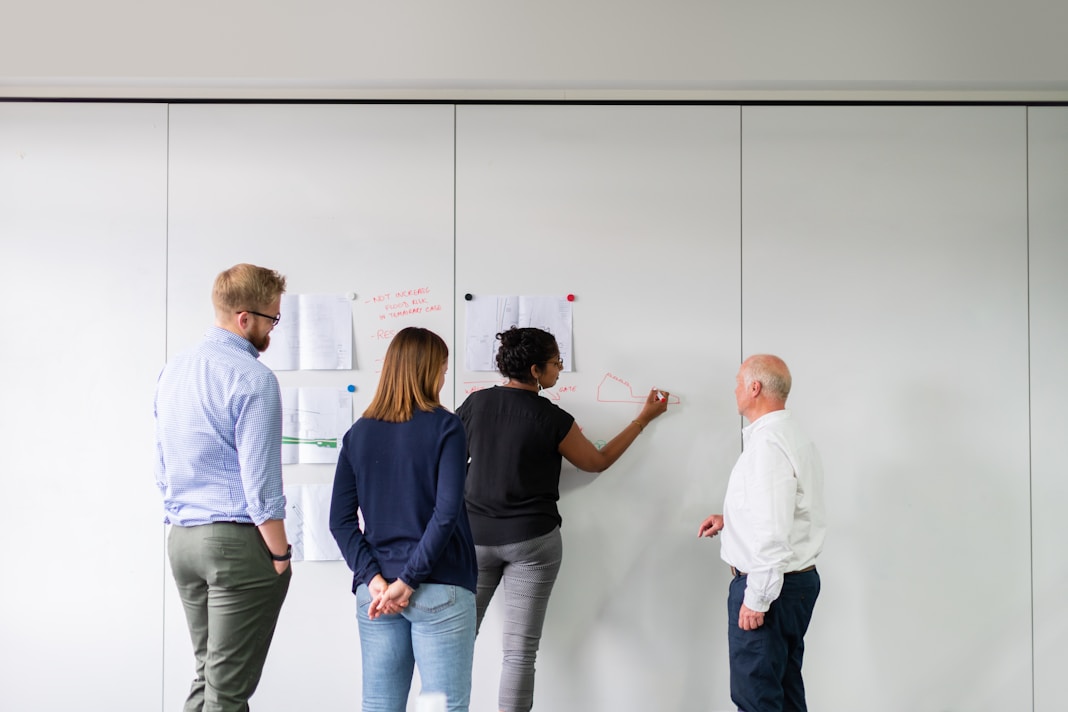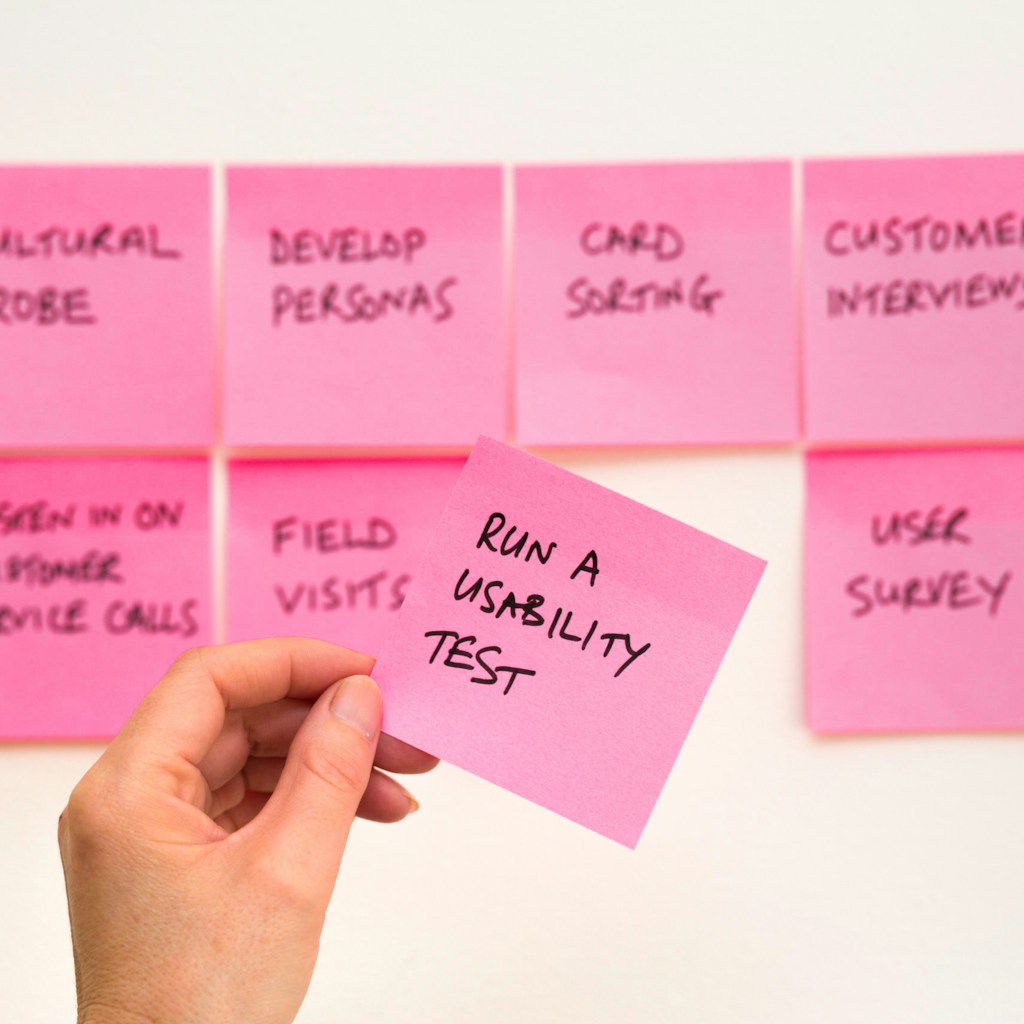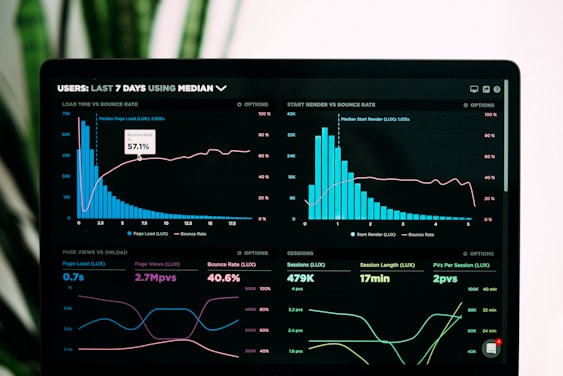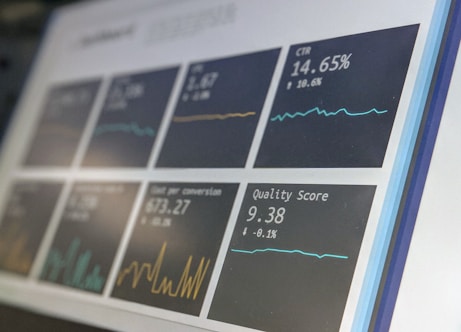The Software Development Life Cycle as a structured iterative process varies based on the goal, project, and the environment to deliver the best quality product that satisfies the requirements of the most demanding scenarios and this includes academic research.
The software development life cycle can be shaped or adjusted to the needs of each particular project, app development, or software provider to identify precise actions so that the particular goals are achieved. This article attempts to shape the development process to focus on academic research.
Relevant Software product development life cycle or software development process steps
1. Brainstorming and planning
Brainstorming – the first step of the software development process. Period.
It all starts with the aim and objectives of the research. Any idea needs to be carefully thought over in order to be implemented. Meticulous planning is the initial and one of the core phases of software development or product development as it presupposes determining the scope of the research, defining means and ways for the new system to meet business strategic objectives, resource availability, cost-related issues, timeframes, and determining solutions.
2. Requirements and feasibility analysis
During this phase of the software development process, the project is defined in detail and the analysis of the project’s feasibility is carried out. At this stage, the project needs to be fully defined. What are the inputs and the expected outputs? For simulation software, what are the expected output? graphs, numbers, or charts?
For a machine learning project, The expected output will be the accuracy and other Key performance indicators of the model. Feasibility analysis displays all the technical and economical aspects impacting the application development process. Clear structured documentation ensures better cooperation and understanding.
Analysis of requirements and software performance is crucial for the successful next step of the software development lifecycle.
3. Design
Software design is a preeminent component of the product development cycle. During the design phase, the actual conceptualizing of the solution is created, that is the detailed software architecture meeting specific project requirements is created. During this phase, the whole structure of the project is built with the final prototype and mockups used for the next stages of the software development process. Custom-tailored software design sets definite workflows and standards and encompasses clear overall solution/product design together with database structure and design.
This is a kind of modeling visually everything starting from the functionality of the solution and up to defining the fundamental hardware/software components, software tools for future development, structure capabilities, processes.
4. Development & coding
The development phase is about writing code and converting design documentation into the actual software within the software development process. The common choice of programming languages in the research community are python and MATLAB. This stage of the software development cycle is generally the longest as it’s the backbone of the whole process and there are a number of vital things to pay attention to.
5. Integration and testing
Now that the software is built and completed the next phase involving system testing and integration starts. Depending on the adopted testing processes it might vary. A series of tests including functionality testing, systems integration, and interoperability as well as user acceptance testing, etc. in order to ensure the code is clean and the research objectives are met. Verification and validation make up a vital part in ensuring the application is completed successfully. Now that the software is bug-free, the implementation phase starts.
6. Result and Analysis
This is a stage when the actual usage of the crafted solution takes place. For simulation software, this is the stage where you start extracting meaningful results from the software output. It’s done step-by-step according to the aim and objectives of the research. Depending on the complexity and nature of the research, it might be straightforward analytics (if the project is simple) or staggered analytics(in cycles) in case of a more complex project.
And finally
What matters at the end of the day is the final product or solution and its ability to meet or exceed expectations. Since research is a progressive process, following a structured development process will promote reusability and reduce the effort required in future projects.












